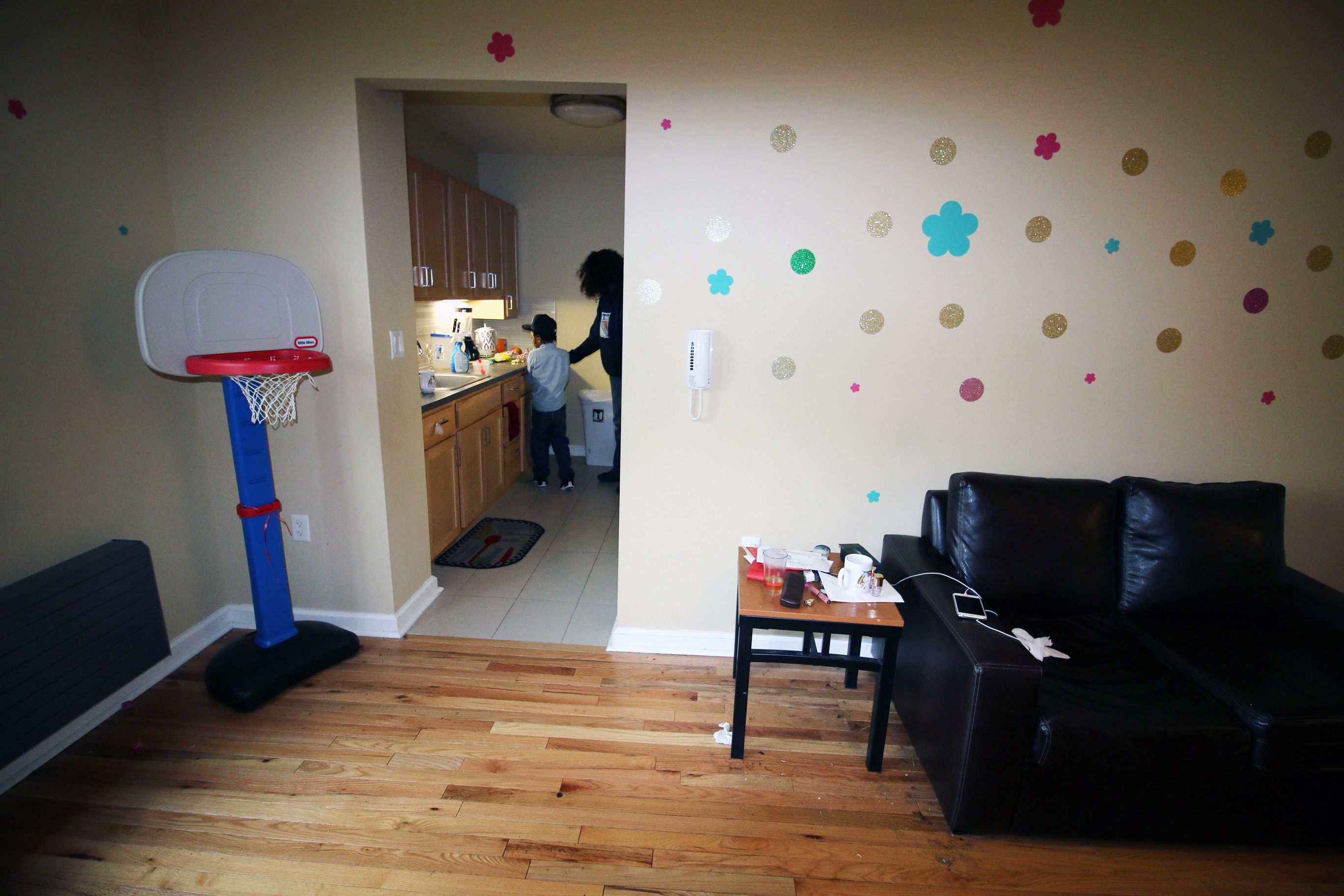Blog

Home to Stay: A Retrospective, Part I
May 2, 2017Despite its success, our Home to Stay program will be closing in June due to the City’s decision to cut funding in order to expand another homeless program. In the final days, we will be taking a look back at the program’s history, impact and legacy. In this first part of a two-part blog series, we sat down with Joe DeGenova, CUCS’ Associate Executive Director, to discuss the impact and evolution of the program which developed from a small partnership to a city-wide adoption as a strategy in the fight against family homelessness.
What is Home to Stay?
The Home to Stay program works with homeless families living in a shelter who have either previously left the shelter with a rental subsidy but were unsuccessful at remaining housed and returned, or returned to shelters three times within five years regardless of whether or not they had a subsidy.
The primary goals of the Home to Stay program are to help episodically homeless families move from shelter into permanent housing and to help them connect to the services they need to become self-sufficient and break the cycle of homelessness.
Tell us a bit about the evolution of Home to Stay.
Home to Stay began as a true public-private partnership. In 2010, the Robin Hood Foundation was looking to do something to help address the crisis of family homelessness as it was becoming a larger and larger issue. The foundation brought together CUCS and three other agencies to design the program. It funded the pilot with $1.4 million and asked CUCS to manage it. Due to the success of the pilot, the City adopted the Home to Stay model in January 2015 as a strategy to address homelessness and expanded it city-wide with a funding of over $5 million.
What is the impact of the program?
We have helped hundreds of families move into housing and gain stability. We work with them to get the rental subsidy they need, help them deal with the stress of being homeless, help them find and move into an apartment, and help them reach their goals. Getting them housed and settled in a way where they are able to exit homelessness for good.
We rigorously evaluated the program and after three years, we had enough data to demonstrate that the Home to Stay families were getting out of shelter much faster and returning at a much lower rate than the families receiving regular shelter services, so much so that the program was more than paying for itself if you calculated the savings of the city in terms of family shelter services. CUCS’ formal evaluation of the Home to Stay model was published in the American Journal of Public Health in 2013.
What is so unique about it?
The program is unique in three ways. First, it is unusual that we had a private funder come forward and say they want to do something, demonstrate it to be effective, and have it picked up by public funders. Second, it is well evaluated and has received very good results, enough for the public funders to want to quintuple it in size. Third, the way we target the clients is unusual. We specifically target the families that are going to have the hardest time getting out of the shelter system and staying out.
Another interesting thing about this program is the satisfaction rate with our services. A lot of people we work with are satisfied with less than satisfactory services so when we survey, we don’t ask how satisfied they are with the services. Instead, we ask behaviorally anchored questions, such as ‘Has your social worker helped you achieve your goals in your life? When you ask to speak with your case worker, do they get back to you within an hour?’ The Home to Stay program has always had the highest scores. All our programs score high but the Home to Stay score is 98% positive which is telling that the families really likes the service.
Final thoughts?
We have a fantastic staff doing excellent work and the program is successful because it is well designed and well-staffed. The clients gave it off the charts scores both because the program is well designed and because of who the staff is. The discontinuation of the program has nothing to do with its success; it has everything to do with the city wanting to expand another model that we actually don’t think is going to be more effective than what we already have. The program has done an enormous amount of good in the time it has been in existence.
